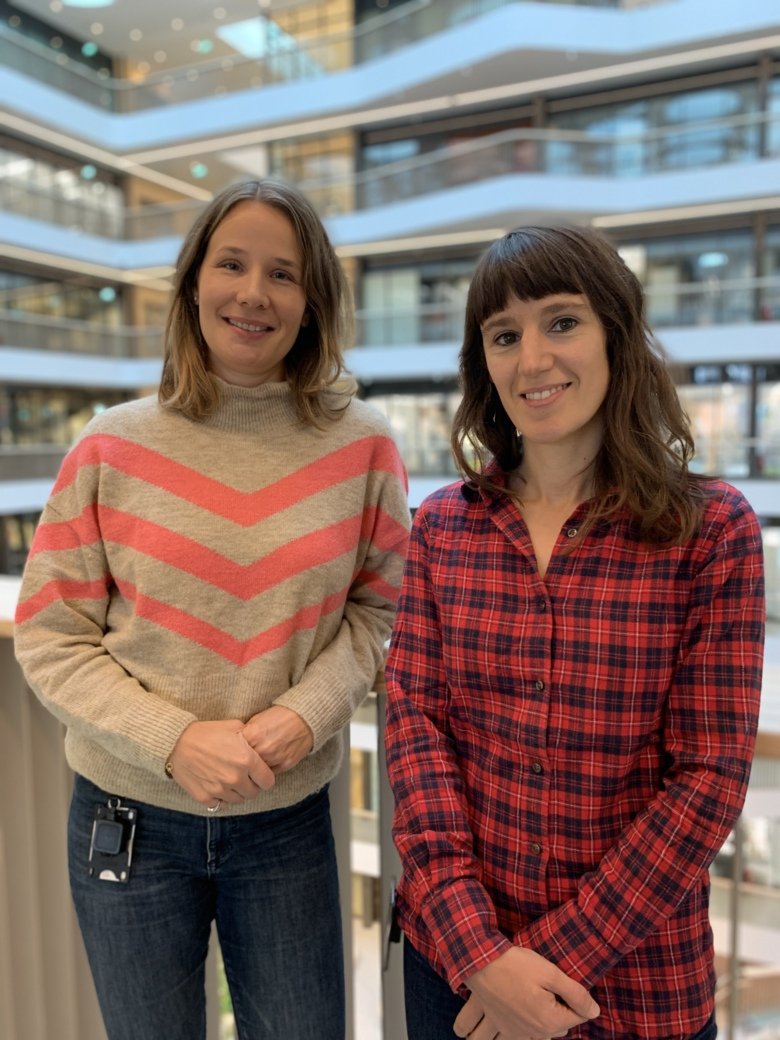CGRP and its receptor component RAMP1 are involved in cluster headache pathophysiology

Researcher at Karolinska Institutet have identified the first genetic link to CGRP signaling and cluster headache. CGRP is a neuropeptide that can trigger both migraines and cluster attacks and now several drugs are successfully launched that have CGRP or its receptor as their target. The results are published in a study in Cephalagia Report.

We asked Andrea Carmine Belin, researcher at the Department of Neuroscience at Karolinska Institutet, what the most important results of her study show so far.
"Cluster headache is a serious primary headache characterized by extremely painful attacks of unilateral headache, but the pathophysiology is not fully understood. CGRP (Calcitonin gene-related peptide) is a neuropeptide that can trigger both cluster headache and migraine attacks", says Andrea.
Several drugs are being launched against migraines that have CGRP or its receptor as the target and the U.S. Food and Drug Administration approved an antibody against CGRP for the treatment of cluster headache in June 2019.
"The receptor activity-modifying protein 1 (RAMP1) is part of the CGRP receptor complex, and responsible for ligand binding and specificity. It therefore constitutes a promising candidate gene for cluster headache. We identified a significant difference between a genetic marker in RAMP1 (rs3754701) and cluster headache patients and controls. In addition, RAMP1 mRNA expression was enhanced in biological tissue (primary fibroblasts) from cluster headache patients compared to controls", says Caroline Ran, co-author of the article and researcher in the same research team.
A higher receptor activity could potentially either be an effect of increased CGRP levels and/or lead to altered release of CGRP.
"The association between rs3754701 and cluster headache and the enhanced RAMP1 gene activity in cluster headache patients support the hypothesis that CGRP and its receptor component RAMP1 are involved in cluster headache pathophysiology."
How can this knowledge contribute to improving human health?
"Increased knowledge on the pathophysiology behind cluster headache could help improve diagnosis and the development of better and more efficient treatments or even a cure."
How did you perform your study?
“We have collected biological tissue from patients with cluster headache and neurologically healthy control subjects and created the largest cluster headache biobank in the world. In this study we have used our biobank to specifically screen two genetic markers in the RAMP1 gene with qPCR. RAMP1 mRNA expression was additionally analysed and compared in tissue from cluster headache patients and controls by reverse transcription qPCR.”
Publication
Involvement of CGRP receptor RAMP1 in cluster headache: A Swedish case-control study
Michalska J, Ran C, Fourier C, Steinberg A, Sjöstrand C, Waldenlind E, Carmine Belin A
Cephalalgia Reports, 9 October 2019, https://doi.org/10.1177/2515816319879886
